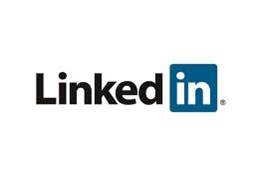October 29, 2013
by Howard Oliver

I scan the web, mostly via Twitter, for evidence based best practices to drive our work on behalf of clients and for our own marketing efforts. The best ideas get refined into protocols that evolve over time. For today’s Lunch n’ Learn we will present part of our protocol for blog campaigning. Read through and, if you have a moment, contribute an idea or two in the comment section.
Here we go. For an amazing blog:
Sit down and write a real marketing plan for your blog. Answer these questions:
- Who do you want to talk to?
- What are their issues?
- How can you help them with expert information?
- How will you profit from the exercise?
In the planning process, think about the best way to set up the blog to deliver and extract the most value from visitors. Value can mean: links built, social shares, subscriptions, user generated content, comments, requests for down loads, information inquiries and requests, leads, calls, media coverage and sales. Also don’t forget real conversations during presentations, conferences, sales calls and social gatherings.
Notwithstanding a written plan, understand that your blog will most certainly evolve over time. Allow for discoveries. Rome was not built in a day!
Hire a designer to build a customized theme with a great branded top banner. Get a logo and tag line that portrays your value proposition in a compelling fashion. We suggest working in the WordPress universe. It’s a proven platform with a broad community you can access. Also, find a dependable web guy or gal that can build the thing for you and help maintain it. Designers and Builders are rarely the same person. One has graphic design skills and the other specializes in programming (i.e. CSS).
Work hard to create unique/original content that is focused on the common questions and challenges of your reader community and establishes you as an authority in your chosen field. Publish original research if you can and quote others with proper attribution. Make use of different presentation formats: video, audio, articles, images, PowerPoint presentations, interviews, infographics, guides, tutorials, list of helpful resources and links. Keep the mix varied to maintain interest.
Use sharing social media sharing like StumbleUpon, Delicious, Digg and Reddit to telescope your posts.
Your content can also be posted to relevant social media for ongoing outreach (i.e. LinkedIn, Facebook, and others: Google+, Tumblr, Instagram, Pintrest, article sites, landing pages, blogs, media portals, YouTube, Slideshare, etc).
Do not hesitate to write about company events and milestones. Some product information can be on your blog. Do seek content from your partners and suppliers.
Spend time on relevant forums/blogs to understand the problems in your niche. Use LinkedIn groups to ask questions that will help you discover hot buttons. Also, ask your sales people, partners, suppliers and customers.
Decide on your writing style with a written guideline. Get some help from a professional writer/editor to make sure you stay true to the approach and to eliminate minor typos. Get a copy of the Canadian Press Stylebook or (U.S.) Associated Press Stylebook and use it. Over time your writing will improve with it by your side.
To attract people to your blog build a list of popular forums and social media sites. Visit them regularly and help people out. Provide linking to your content where relevant.
Learn what your important key words are and use them appropriately. Do not compromise on the quality of your writing.
Set up Google Alerts to be aware of conversations where people need guidance.
Ultimately we are proposing real, good old fashioned human interactions! Remember there are real folks behind visits and page view metrics.
Speak to your designer about making your blog easy to interact with. Use sticky request forms, social media share buttons, links, sign me up forms, and side bar widgets.
When someone submits a comment or requests information they should be taken to a page that thanks them and invites them to subscribe, become a Friend on Facebook, a Connection on LinkedIn or a Follower on Twitter.
Encourage comments by asking people to post any questions or problems that you or your company could help with.
To build traffic over time consistently ask, at the end of every post, that readers share your content with their friends. The multiplier effect can be huge.
There is more to discuss but, for now, I know you can advance your blog program with today’s Lunch n’ Learn.
For discussion:
- What are your thoughts on the value of business blogs?
- What challenges do you face with your blog?
- What questions do you have on blogging and the effectiveness of the medium?
- Can you add to this blogging protocol?
Click here to drop us a line to receive our NEW Social Media Marketing Strategy Presentation.





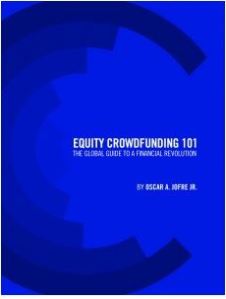

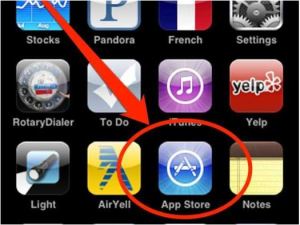


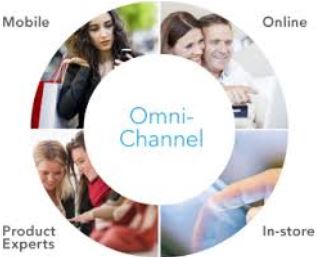




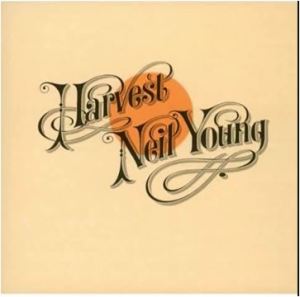
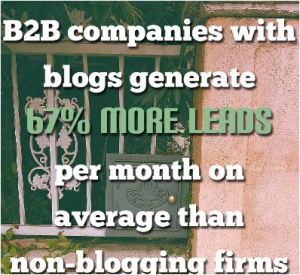







.jpg)

